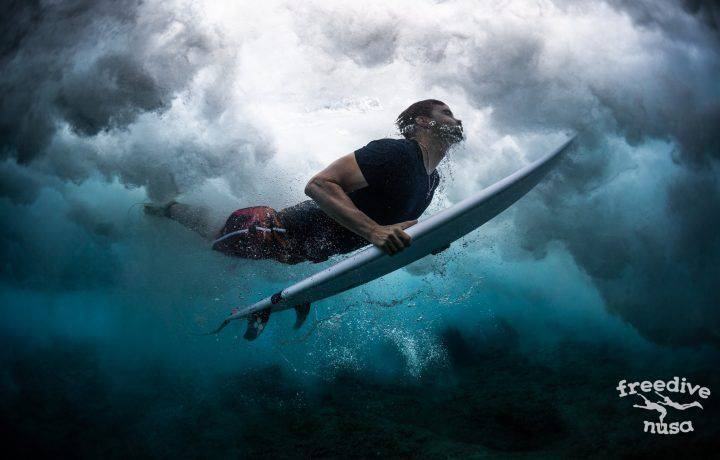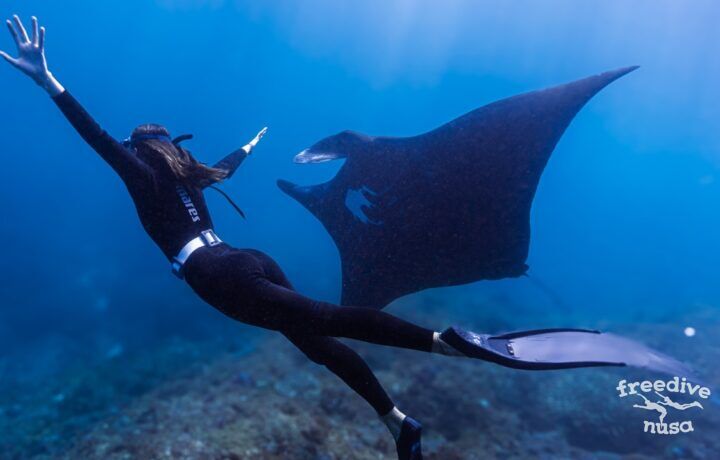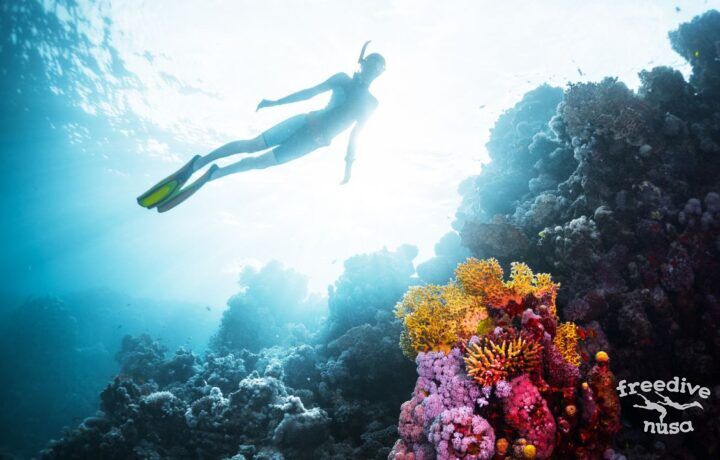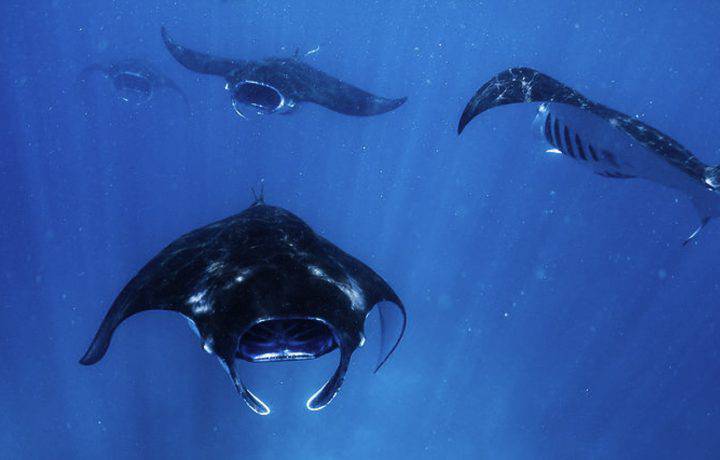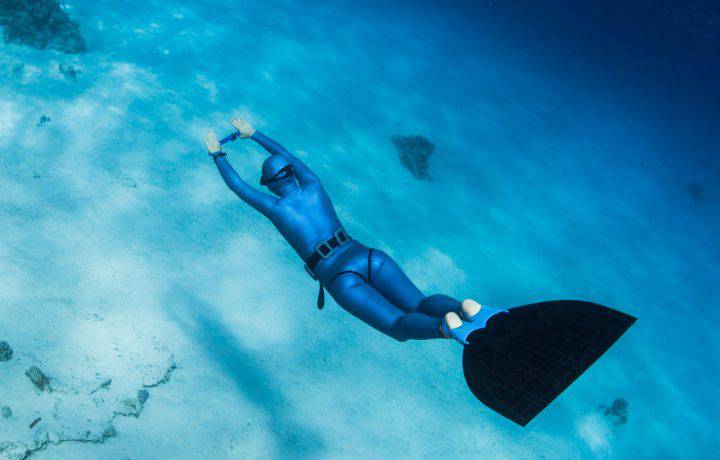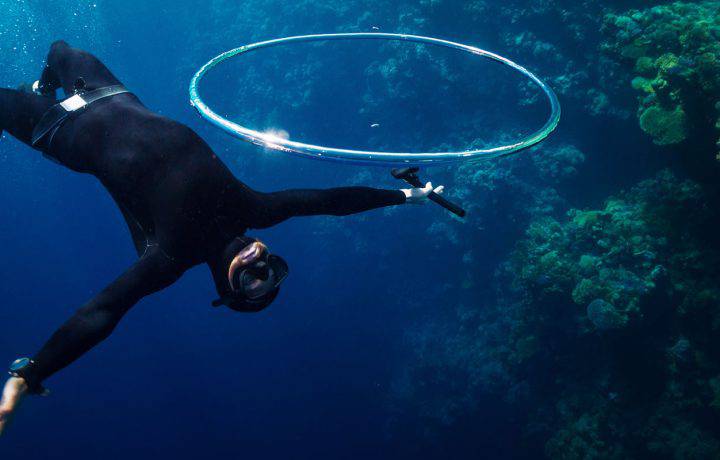It’s no secret for anyone that Bali is a surfing mecca. Since we are in close proximity to this island, we often work with surfers on improving their breath-hold skills during wipe-outs.
In addition to the two-day courses for surfers that are available in our school, we also regularly conduct short master classes in friendly surf schools and camps in Bali, explaining various breath holding techniques and demonstrating specific breathing exercises for surfing.
The most common question from surfers is how to train to hold your breath longer for surfing?“
If you are not a big wave surfer and you have a fear of wipe-outs and big waves, then you don’t need any specialized training and exercises to hold your breath longer. In amateur surfing, there are no long breath holds at all! Even big waves keep surfers underwater for no more than 15-20 seconds. However, all this happens in conditions far from comfort and relaxation, with intensive work preceding the breath-hold as well as a short rest time.
That is why for a successful breath-hold during wipeout the most important thing is your mental preparation. Only then you can start your training to improve directly the physiological capabilities of the body.
In this article, we will describe the 5 simplest and practical tips that every surfer should follow to increase the level of comfort and confidence in the waves.

1. Warm-up
Your first warm-up shall be a muscle stretching. You usually do stretching before you go into the ocean, right? Now we provide you with one more reason to do it – stretched muscles consume less oxygen.
The second warm-up is a breath-hold itself. While you are sitting on the beach, listening to the ocean, and getting ready for the upcoming ride – take a few breath-holds. Calmly, relax sitting in the sand and not thinking about time. Simply hold your breath until the first strong urge to inhale. Breathe. Hold again. Do it several times, each time making the breath-hold a little bit longer.
Even such a simple warm-up turned on the compensatory functions of the body and the mammalian diving reflex, which in turn helps to save oxygen and be more relaxed.
Entering the water you will already notice the results and the fact that you can perform breath holds much easier.
2. Full inhale
Freedivers are taught to breathe slowly and relax before diving. They are lengthening the exhalation and just before the dive start slowly and completely fill their lungs. Of course, nothing like this can be applicable to surfing.
What you should always try to do immediately before the wipe-out is FULL INHALE!
When you understand that you are going to be kneaded now, perhaps already in flight from the board into the water, always try to inhale to the maximum. The more you inhale, the more comfortable you will feel. You will got a greater supply of oxygen and a higher buoyancy, which means that the water will “spit” you back to the surface faster.
Given that when you fall from the board you can be hit on the surface of the water and exhalation may occur involuntarily, it is better to prepare for this in advance and fill the lungs as much as possible.

3. Do not exhale
Perhaps this is the most common mistake we have to deal with. People exhale air underwater, thinking that it will save them from getting seawater in their nose.
It will not work! Seawater will be in the nose anyway, but exhaling into water has 2 major flaws, intersecting with the previous tip:
1) Loss of precious air from the lungs
2) Decreased buoyancy with empty lungs
Try to lie relaxed in the pool and hold your breath first while inhaling and then as you exhale. Compare your feelings and body position in the water. In the first case, holding your breath will be much easier and breath-hold time will be longer. In addition, you will swim at the surface. With an exhalation, you are likely to fall to the bottom, and the breath-hold time will be less and associated with greater discomfort.
4. Smile
This is not a joke! Try to fall off the board with your usual facial expression once. Another time try to do the same, but with the most idiotic smile that only capable of. You are guaranteed to feel the difference in your mental state. So after that, you will always fall down from the board with an idiotic smile.
This is a little trick from the field of neurophysiology which works in any stressful situation!

5. Relax
This last point is easier to say than fulfill, but it is the most important part. Of course, first of all, you need to take care of your safety during the wipe-out: fold into a closed position and cover your head with your hands. However, even when you are in such a protected position, instead of involuntarily straining the body and thereby increasing the level of stress and oxygen consumption you can consciously release and relax those muscles that you do not need to strain.
It is pure work of the mind and work with your attention. Even being on land try to direct attention to some part of the body and consciously tell yourself to relax it. You will feel how it works because the selected part of the body relaxes.
With no practice, it is much more difficult to do this, but this is what will give you the greatest result in terms of comfort. Especially if you have completed all the previous points.
This ability to relax can be practiced on land. For example, practices such as yoga nidra or body scan. Find on the Internet audio recordings with yoga nidra, select the voice and instructions that you like the most, and periodically relax under the words of the leader who will give you instructions. All you need is just to mentally follow them. Half an hour of yoga nidra replaces a couple of hours of sleep. Check it out!

So, these are the simplest and most basic things that any surfer can start using today. In order to get specific practical experience, we invite you to our two-day freediving course for surfers.
In 2 full days, you will get a detailed understanding of all the processes that occur during breath-hold. We provide breath coaching and work a lot with proper breathing and holding your breath, diving for depth and distance, performing exercises that simulate being in wipe-outs, and allowing you to change your attitude with them from “oh, how scary” to “wow, how cool!”
Also on our website there are separate Freediving sessions for all levels.

